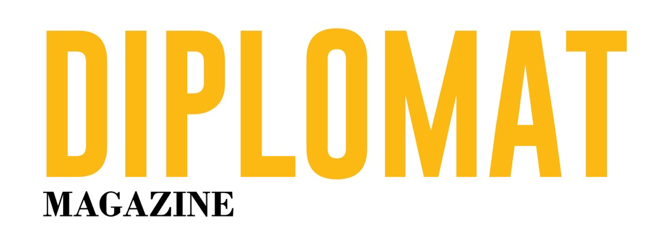China and the Netherlands strengthen bilateral relations
Sri Lankan, Tamil and Sinhalese New Year
Royal Family at Dominican DMG in The Hague
National Day of Pakistan
National Day Tunisia
Philippines’ nr.2 in The Hague
H.E. Jejomar C. Binay at the ISS.
The Vice-president of the Philippines, Mr Jejomar C. Binay, gave a very sharp and interesting lecture at ISS. His speech included topics such as migration and development perspectives of the Philippines, investment and legal recognition of citizens. H.E. Jaime Victor B. Ledda, Ambassador of the Republic of Philippines, also directors and representatives from migrations agencies, ONG’s and more than two hundreds expats from Philippines living in the Netherlands attended the event. Jejomar Binay was Mayor of Manila for 21 years before becoming number two of the Country.ICC’s warrants of arrest for Al-Bashir from Sudan
ASSEMBLY OF STATES PARTIES TO THE ROME STATUTE OF THE INTERNATIONAL CRIMINAL COURT.
Directly from the ICC, President of the Assembly of States Parties.
Message sent on behalf of the President of the Assembly of States Parties, H.E. Ms. Tiina Intelmann, concerning the visit of Mr. Al-Bashir to Chad. I would like to inform States Parties that my Office received information that Mr. Omar Hassan Ahmad Al-Bashir, the President of Sudan, arrived today in the Republic of Chad, to address the “Forum of border tribes between Sudan and Chad”, taking place from 25 to 29 March 2014. The International Criminal Court has issued two warrants of arrest for Mr. Al-Bashir, dated 4 March 2009 and 12 July 2010, respectively. The Assembly has repeatedly expressed concerns regarding the negative consequences that failure to comply with decisions of the Court has on the Court’s capability to carry out its mandate. I renew my appeal to States Parties and others in a position to do so to join efforts to prevent instances of non-cooperation. Furthermore, I would like to remind States Parties that, as provided by Assembly Resolution ICC-ASP/12/Res.3, “contacts with persons in respect of whom an arrest warrant issued by the Court is outstanding should be avoided when such contacts undermine the objectives of the Rome Statute.”GALA- Sponsored by the American Women’s Club of the Hague
By Linda Divon, President.
The American Women’s Club of The Hague is pleased to announce its 3rd Hearts and Mind Gala, which will take place on Saturday evening, June 14th, at the Hilton Hotel in The Hague. We invite you to partake in a very special and fun filled evening, starting with an elegant reception, followed by a delicious three course dinner and wine, fantastic music and dancing. There will also be a Live and Silent Auction.
The Gala theme is “Helping Special Children in Need”.
All proceeds will go to three beneficiaries :
Lighthouse Special Education, Laat ze Maar Lachen and Hulphond Nederlands.
We welcome the Hague Community at large and hope that you will all join us on June 14th for a most enjoyable and memorable evening. Together, we will be able to make a difference in the lives of special needs children.
Tickets are 125 euros per person and can be purchased through heartsmindstickets@gmail.com. For more information about the gala or beneficiaries, contact us at awc.hearts.and.minds.gala@gmail.com







































